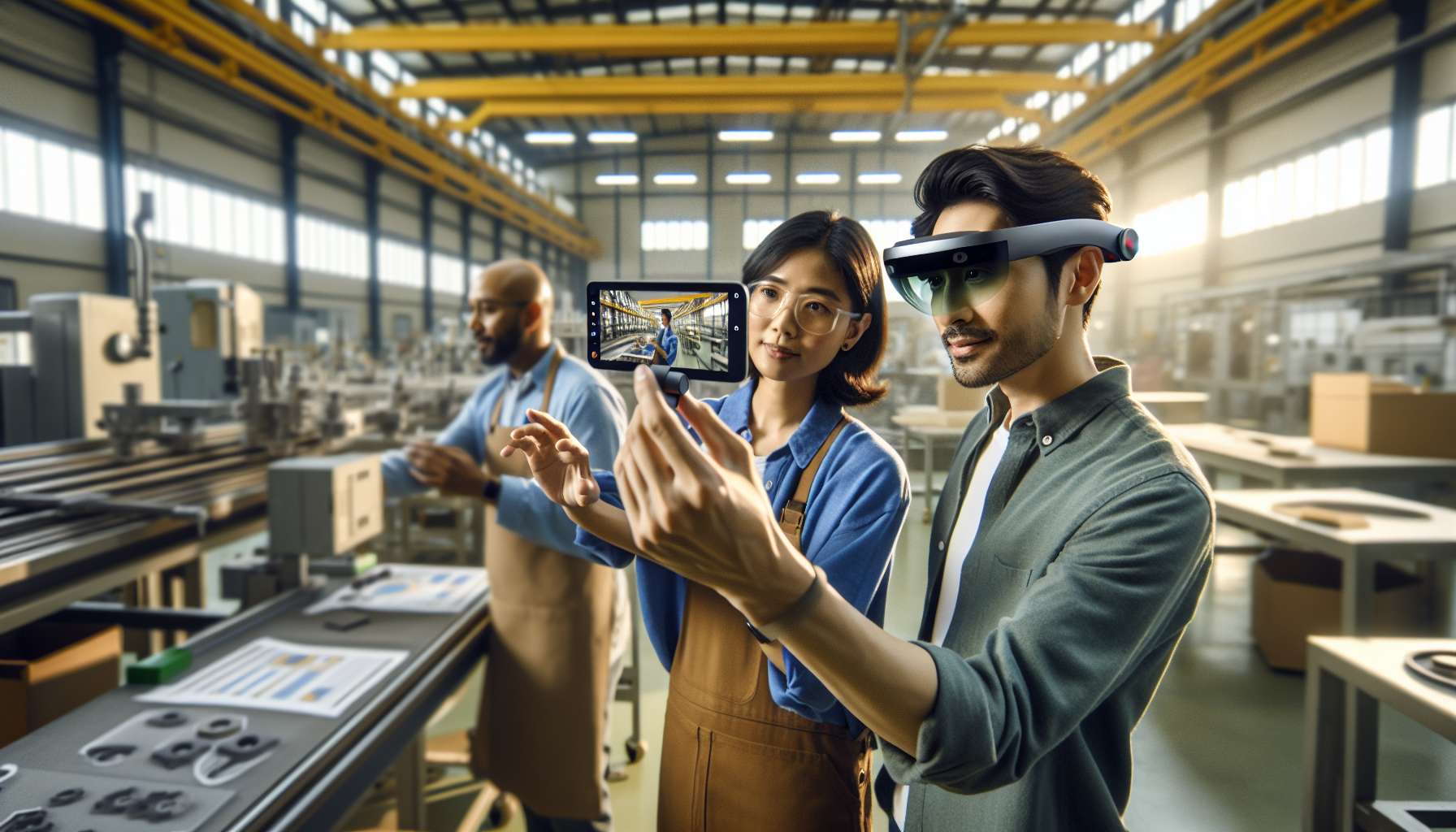Unlocking the Potential: How AR Technology Can Transform Your Manufacturing Business
Augmented Reality (AR) technology has been making waves across various industries, and manufacturing is no exception. With its ability to overlay digital information onto the real world, AR has the potential to revolutionize the way manufacturing firms operate. In this article, we will explore how AR technology can transform your manufacturing business and provide you with a step-by-step guide to building a compelling business case for its implementation.
Understanding the Power of AR in Manufacturing
AR technology offers a wide range of benefits for manufacturing firms. By integrating digital information into the physical environment, AR can enhance productivity, improve efficiency, and streamline operations. Here are some key ways AR can transform your manufacturing business:
- Enhanced Training and Onboarding: AR can provide interactive and immersive training experiences for new employees, reducing the learning curve and improving retention. It allows workers to visualize complex processes, follow step-by-step instructions, and receive real-time feedback.
- Remote Assistance: AR enables remote experts to provide real-time guidance to on-site technicians through virtual annotations and instructions. This can significantly reduce downtime, minimize errors, and improve overall maintenance and repair processes.
- Quality Control and Inspection: AR can overlay digital information onto physical objects, making it easier for inspectors to identify defects, compare specifications, and ensure product quality. This can lead to faster and more accurate inspections, reducing the risk of faulty products reaching the market.
- Inventory Management: AR can optimize inventory management by providing real-time visibility into stock levels, locations, and replenishment needs. This can help reduce stockouts, improve order accuracy, and streamline supply chain operations.
- Design and Prototyping: AR allows designers and engineers to visualize and manipulate 3D models in real-world environments. This can facilitate collaborative design reviews, accelerate prototyping iterations, and improve overall product development processes.
Building a Business Case for AR in Manufacturing
Now that we understand the potential of AR in manufacturing, let’s dive into the process of building a compelling business case for its implementation:
- Identify Pain Points: Start by identifying the specific challenges and pain points your manufacturing firm is facing. Is it high training costs? Inefficient maintenance processes? Inaccurate quality control? Understanding your pain points will help you articulate the benefits of AR in addressing these issues.
- Research AR Solutions: Explore the available AR solutions in the market and evaluate their suitability for your manufacturing business. Consider factors such as ease of use, compatibility with existing systems, scalability, and cost-effectiveness. Look for case studies and success stories from similar industries to gain insights into the potential results.
- Quantify the Benefits: To build a strong business case, quantify the potential benefits of implementing AR technology. Estimate the cost savings, productivity gains, error reductions, and other relevant metrics that AR can bring to your manufacturing processes. This will help you demonstrate the return on investment (ROI) to key stakeholders.
- Consider Implementation Challenges: While AR technology offers immense potential, it’s essential to consider the implementation challenges. Factors such as infrastructure requirements, employee training, data security, and change management should be addressed in your business case. Present a plan to mitigate these challenges and ensure a smooth transition.
- Present a Pilot Project: To gain buy-in from decision-makers, propose a pilot project to test the effectiveness of AR technology in a controlled environment. This will provide tangible results and insights into the potential impact on your manufacturing operations. Use these results to further strengthen your business case.
Embracing the Future of Manufacturing
As technology continues to advance, embracing AR in manufacturing is no longer a luxury but a necessity to stay competitive. By leveraging AR’s capabilities, manufacturing firms can unlock new levels of efficiency, productivity, and innovation. Start building your business case today and take the first step towards transforming your manufacturing business with AR technology.





